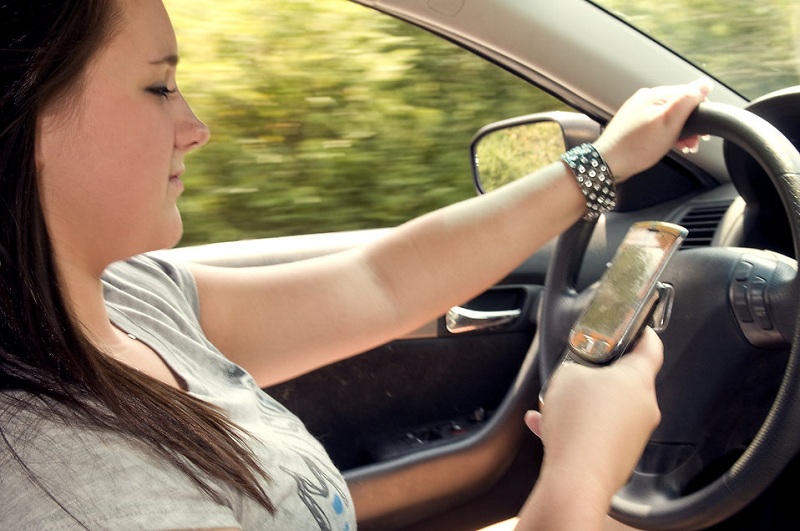If you are over 18 years old, you will get a driver's license, which is a challenging area for everyone. However, according to one study, teenagers are eight times more likely to have a car accident for about three months after passing a driver's license test. That means that there is no safety awareness about driving. It is therefore effective for parents to teach their children to establish their awareness of safe driving first if their child takes a driving license in their teenager.
Disclose necessary skills that parents can teach for their child's accident-free driving.
Essential skills for teen drivers
Here are some things your parents should be emphasizing as you teach your teenager to drive.
Vehicle part
* Rearview mirror
* Tire expansion and inspection
* Seat belts and airbags
* fuel propagation
* Oil check
* Vehicle cleaning
Basic operation part
* Car control
* Gear shifting
* Safe rotation
* back up
Send a signal to other drivers
* brake
Focus on driving
Interaction with other drivers
* Change lanes
* Intersection
* Maintain safe mileage
* Defensive driving technology
* U-turn
* 3-point switching
parking
* 90 degree parking
* Square parking
* Parallel Parking
Advanced technology
* Highway driving
* Night driving
* Driving in snow or rainy weather
* Towing
Emergency response
* In case of accidents
* Replace the punk tire
* Driving in a strong wind
* Driving around the transmission line drop
Step 5 of driving learning
Once you have been trained in the essential skills mentioned above, you should now be able to develop good driving skills. At each stage, it's a good idea to teach them how to master the skills they have learned and check if they are mastered before moving on to the next level. However, in this process, you should not teach by imposing pressure or pressure from the side.
Step 1: Vehicle Information
The first step is to teach the general information about how the vehicle works and what car information the driver should know. It is effective to train through practice and manual.
* Starting and stopping engine
* Headlight and parking light operation
* Wiper operation
* Meaning of the various indicators in the dashboard
* Seat belt fixing method
* Vehicle fuel supply and oil inspection, tire inflation
* How to replace a flat tire
* How to deal with accidents
Step 2: Basic skills
Step 2 teaches about vehicle operation, and it is best to train in a spacious, empty parking lot.
* Turn signaling to left or right
* Stop smoothly
* Gear shifting when using manual transmission
* Safe and straight back
* Awareness of the surrounding environment
Step 3: Interacting with other drivers and paying attention
At this stage, it is necessary to teach the defensive driving method and the interaction with the other driver, for example, to recognize the parked vehicle, the pedestrian and the surrounding environment, and to educate them to interact properly with other drivers. If your child is driving somewhat comfortable and confident at this stage, it is a good idea to move to another road and extend the range.
* Safe running and navigation in signal and uncontrolled intersections
* Change your vehicle smoothly and safely
* Maintain safety distance between vehicles
* Driving in the correct posture
* Speed limit and traffic sign compliance
* Safe crossing at railway intersection
* Use of rearview mirror and check for blind spot
Step 4: Parking and Rotation
In the fourth stage parking is the key. Because the style of parking is different, each child should be taught to park safely so that they do not hit other cars even if they are mild.
* Secure parking on hills and uphill or downhill
* Parallel Parking
* Secure parking space of 90 degrees
* Diagonal parking
* U-turn
* 3-point switching
Step 5: Advanced skills
The final step is to take full advantage of everything you learned in the first four steps. Under parental control, your child must be able to safely perform what he or she has learned.
* Obtain the necessary skills for highway safety driving such as lane change and vehicle maintenance distance
* Night driving
* Driving safely in bad weather such as snow, ice, and rain.
 |
| ▲ You should be able to teach about the responsibility that you have to have while driving (Source = Free Stockport) |
Responsibility for driving
While teaching driving, parents should emphasize my child's sense of responsibility for driving. Here are some points to pay particular attention.
* Vehicle Maintenance: Check the engine and tires of the vehicle before driving, and send a warning sign in an emergency.
* Passenger safety: Always wear a seat belt and be careful of other safety precautions.
* Pedestrian safety: In schools, residential areas, and pedestrian lines, travel slowly and avoid clerical use as much as possible.
* Compliance with the traffic law: Observe and implement road rules.
* Driving Attention: Do not use your smartphone while driving and do not interfere with your driving.
Fiscal Responsibility: Be aware of the amount of money you will have to spend to drive and own your vehicle, including driving costs, fuel prices, and insurance premiums.
* Responsibility to other drivers: When interacting with other drivers, be polite and be prepared to handle what to do in the event of an accident.
![[Parenting] Teenagers ‘driving’, 5-step driving lessons parents can teach parenting teenagers driving 5 step driving lessons parents can teach](https://moontore.com/wp-content/uploads/2019/02/parenting-teenagers-driving-5-step-driving-lessons-parents-can-teach-1200x700.jpg)


